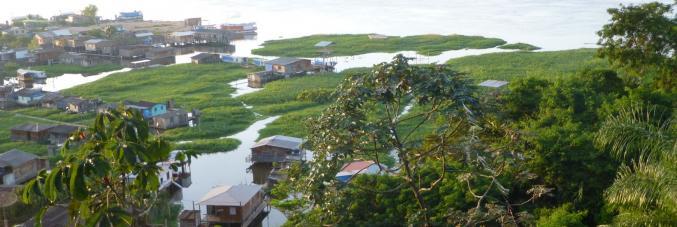
Greenhouse Gas and the 200-Million Year Old Mass Extinction
28.09.2021
Nature Communications published the study Massive methane fluxing from magma – sediment interaction in the end-Triassic Central Atlantic Magmatic Province, revealing that a massive release of methane from the rocks of the Amazon basins occurred during the end-Triassic mass extinction. About 1 million cubic kilometres of basaltic magma intruded and heated the release of organic and inorganic carbon from sedimentary rocks, resulting in the release of methane.
Now at the Centre for Earth Evolution and Dynamics (CEED Centre), Manfredo Capriolo led the study conducted by an international research group from The University of Padua and The University of Oslo, Norway. The study identifies the presence of methane in micrometric fluid droplets preserved in crystals found in the magmatic rocks of the Amazon.
Previously hypothesised to be involved in the end Triassic mass extinction, methane is a highly impactful greenhouse gas. This study is the first time identifying methane directly within the igneous rocks of the end-Triassic period.
"This paper represents an important understanding of greenhouse gas emissions findings in the end-Triassic Central Atlantic Magmatic Province and one of Earth's most catastrophic mass extinctions", says Andrea Marzoli, Department of Territory and Agro-Forestry Systems of the University of Padua.
Exceptional magmatic events have coincided with all of Earth’s mass extinction over the last 500 million years. The study of magmatic emissions of greenhouse gases, triggering these ancient biotic crises, may contribute to understanding the possible effects of current climate change.



